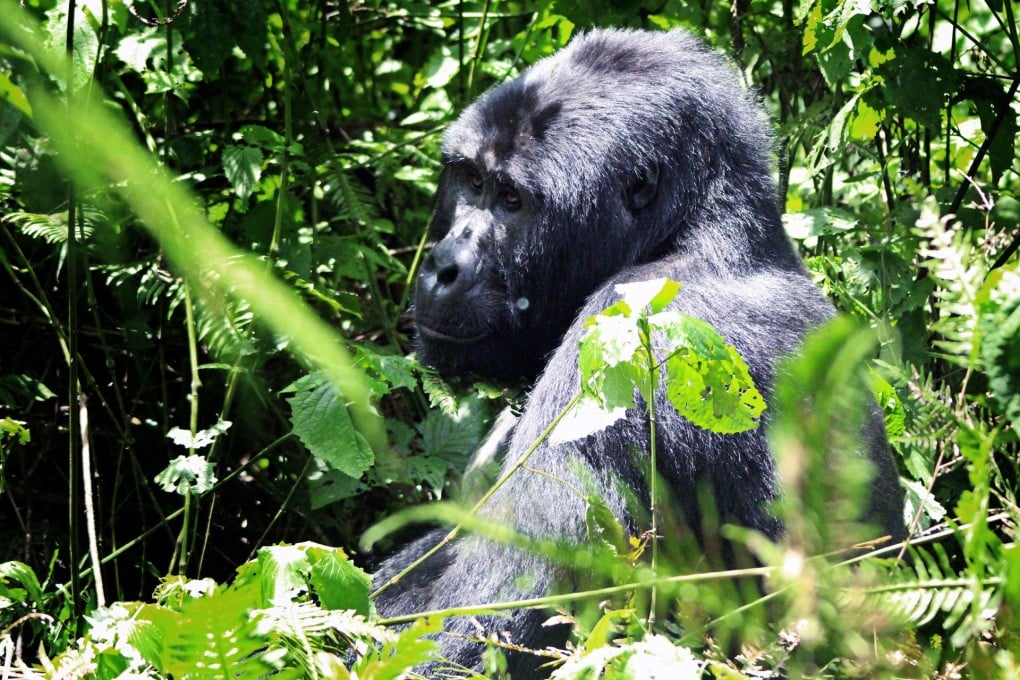Gorilla tourism is helping conservation efforts in Uganda
Gorillas are a highly endangered species, but tourism effortsin Uganda help to protect them, says Graeme Greene

Kanyonya, a mighty silverback gorilla, bends a branch down and picks off the leaves to munch on. His arms look strong enough to uproot the whole tree, his huge hands like they could tear telephone directories in half. I wouldn't like to get on his wrong side, but right now he's a gentle giant, indifferent to our presence as our small group watches him and his family of mountain gorillas go about their daily lives in the depths of Bwindi Impenetrable Forest in southwestern Uganda.
Mountain gorillas spend about a third of the day eating; males can pack away 35kg of food a day. It's a pleasure to be in their company as they eat a lunch that stretches into afternoon tea - both exhilarating and strangely peaceful.
From Murchison Falls National Park in the north - restocked with giraffes, zebras, elephants, leopards, lions and birds after the country's civil war - to the chimp-filled Kibale Forest, Uganda is an excellent wildlife destination, although far less known and far less busy than the likes of Kenya or Zambia. It's also friendly; children and adults wave from the sides of the red dusty roads as I drive through the countryside.
But the mountain gorillas in the mist-covered hills around Bwindi, a short flight from the country's main airport, Entebbe, are the main attraction. There are thought to be only about 880 mountain gorillas in the world, divided between Uganda, Congo and Rwanda. About half live in Uganda.
Some wildlife enthusiasts with whom I trekked into the forest had come to the country solely to see the gorillas. It's not cheap - a one-day permit to trek into the hills and observe the gorillas costs US$500 - and it's not easy to reach them. But the experience is worth the effort.
I start out early from Mahogany Springs, an elegant boutique lodge on the edge of the small tourist town of Bwindi, and gather with travellers at the park headquarters. The mist is still thick over the tree-covered hills. Agenya David, Bwindi's park ranger, provides a briefing. We're instructed to keep a minimum of seven metres from the gorillas at all times, for their safety more than ours, and anyone with a cold or infectious diseases is encouraged to postpone their trek.
